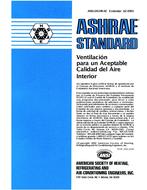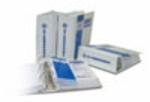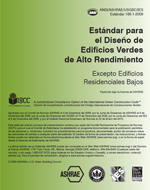Description
In recent years designers of industrial air-conditioning systems have taken advantage of thermal stratification, and significant savings have been achieved by cooling only the lower, occupied levels of spaces with high ceilings [2-5]. The warmer air near concentrated heat sources such as lights or machinery tends to rise to the ceiling due to its buoyancy. Thus, part of the internal heat generated is removed from the air-conditioned space. Also, a large part of the usual roof load does not enter the lower level since it is blocked by warmer air near the ceiling. This causes the air near the ceiling to be formed into horizontal layers having different temperatures. Such an arrangement is called a stratified layer.
The stratification process in an air-conditioned factory is similar to the more familiar one observed in lakes and ponds [9]. In both cases a primary heat input to the system is due to solar heating at an upper surface (the factory roof or the water surface) with resulting vertical temperature distributions.
The air-conditioned factory represents a much more complex system than does a pond due to the presence of heat sinks in the factory. Because of the complex nature of the system and because of the many possible avenues of heat addition, heat rejection and heat storage, a procedure for air-conditioning load calculation is not obvious or easily deduced.
The purpose of the work reported here was to develop a load calculation method for design of air-conditioning systems utilizing temperature stratification principles. The calculational method was also intended to provide sufficient detail on load distribution to allow analysis and explanation of the load reduction occurring in stratified systems.
In the present investigation a physical model of a typical section in the middle of a factory was considered and the energy equations were written. A numerical solution for the daily cycle was obtained which includes the time dependent boundary condition at the roof and the various simultaneous modes of heat transfer. Actual data from a factory with an air-conditioning system designed for thermal stratification provided a verification of the solution.
Citation: ASHRAE Transactions, Volume 84, Part 1, Atlanta, GA
Product Details
- Published:
- 1978
- Number of Pages:
- 15
- File Size:
- 1 file , 740 KB
- Product Code(s):
- D-AT-2489




